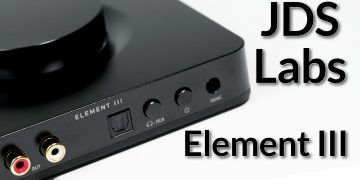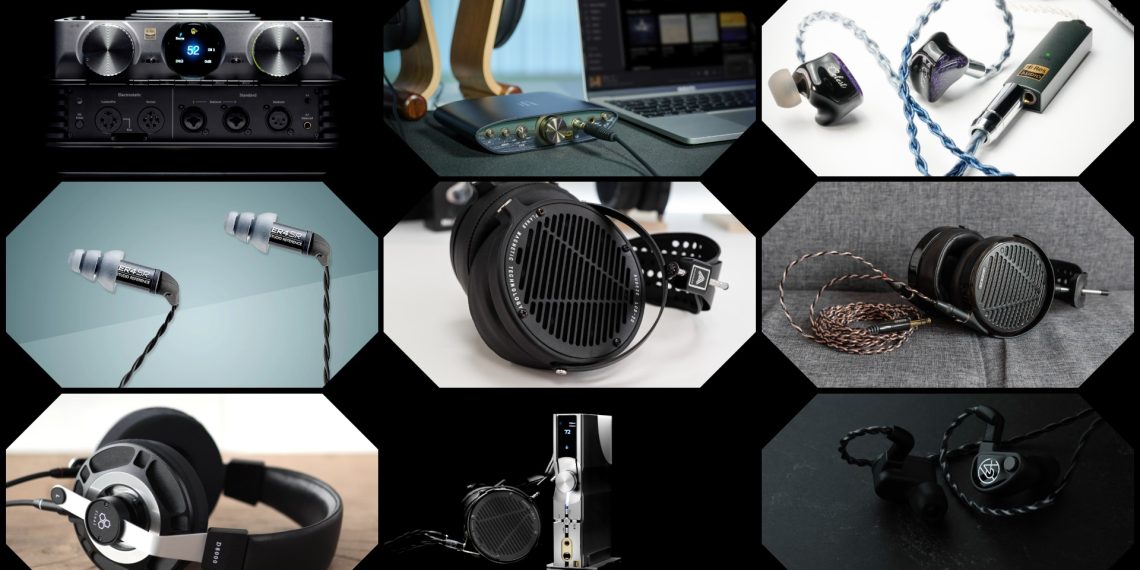What Is Hi-Res Audio – The History of Digital Audio
Hi-Res audio has now become a standard feature when looking for a new audio device, whether that’s headphones, earphones or portable players. It has also become a rating for high quality music files. That little gold logo has become very important… but what does it mean?
Audio Formats
To understand what hi-res audio is, it’s worth having a basic understanding of digital audio and how it’s recorded. The majority of music we listen to these days, at some point during the recording and mastering process, has been made into digital audio. Once upon a time, audio was recorded onto tape and then cut straight onto vinyl, a completely analogue process.
Nowadays music is mainly recorded onto computer drives using software like Protools, Ableton or Logic. Tapes are still sometimes used to record onto, but they tend to be transferred onto the drive as well. The recorded audio is converted into digital audio and then stored on the drive to be edited in the software.
Historically, digital audio has been available in a number of different file types. MP3 and AAC are not hi-res formats. They are early developed file types that compresses audio data in order to achieve small file sizes: convenient for storing on devices with minimal storage, while compromising on sound quality. Nowadays this compression is used on streaming services such as Spotify and Apple Music, so it’s worth knowing that however convenient they are, the sound quality will be compromised.
There are four main file types which are capable of storing hi-res audio. They are WAV, AIFF, FLAC and ALAC. The quality of these file types can range from 16bit CD quality audio up to the highest hi-res audio quality. WAV and AIFF are raw, uncompressed formats which are not commonly used for general listening due to the very large file sizes. FLAC and ALAC are the most common formats for hi-res audio. They are both lossless compression formats, which means the file sizes are much smaller and they can store metadata, which is all the information about the piece of music.
Bit Depth and Sample Rate
Now the complicated part. Before hi-res audio became mainstream, music was typically recorded with a bit depth of 24bits and a sample rate of 44.1khz or 48khz. The bit depth determines the number of bits of information in each sample and the signal to noise ratio, while the sample rate determines the number of samples of audio taken per second. If you want to know more about bit depth and sample rates, I would suggest you do some research online, as there are a lot of articles on this. Alternatively, you can ask us down below and we’ll do our best to answer.
The digital audio on a CD is always 16bits and 44.1khz. This is a standard process for CD, and was calculated by very smart people to get the best from this format. Before hi-res audio was a format we could easily listen to, CD’s gave us the best digital audio quality, with Super Audio CD’s providing the hi-res audio of its time and an early glimpse of DSD audio. We’ll save that for another video. Now thanks to portable audio players having high quality DAC chips and also very large, expandable storage, hi-res audio is something we can all experience wherever we want.
Unlike CD quality, hi-res audio has a minimum bit depth of 24bits and a sample rate of up to 192khz. To achieve this, the audio has to be recorded at a much higher sample rate than was done before. This requires a lot more storage, as the data is much larger.
The upside to this is that the higher bit rate provides more dB of dynamic range, meaning the 24bit recording has a dynamic range of 144dB compared to the 96dB provided by the 16bit CD recording. The result is more headroom for peaks at the recording stage, avoiding the risk of clipping. It also gives a greater separation between the recorded audio and the noise floor.
Using a larger sample rate will increase the amount of samples taken of the audio per second, and this is where it gets tricky. The higher the sample rate, the higher frequencies a system can record. So a sample rate of 44.1khz reproduces frequencies of up to roughly 20khz, and increasing the sample rate will increase the frequencies that can be produced. Technically this seems like a no-brainer as more information can be captured during the recording process, making sure to grab all the detail possible.
Conclusion
The argument to this is that we can only hear frequencies up to 20khz, and that’s pushing it. So why would we need more? Well that seems to be a subject where no definite answer has been determined. Please feel free to give your opinions to this below.
Right, here we are. Is hi-res audio worth all the fuss? If you have a very good set of headphones or earphones, and you use them with a very nice portable player or plug them into a high end home system, then I’d say that you will notice the difference between CD and hi-res audio. On the other hand, if you listen to music on your phone using the earphones supplied with it, or you listen to your music wirelessly, CD quality will probably be as good as you need. Saying that, most people still listen to Spotify and seem very happy with it, so what do I know? And don’t even get me started on vinyl or we’ll be here all week.





 HiFiHeadphones Best Buy list
HiFiHeadphones Best Buy list
Thanks for the excellent explanation.
Not sure if I’ve got this right in the correct box but the competition answer is A : 16 bit
Hi Res minimum bit depth is 24 bit.
First of all, Thank you for this very helpful subject on HI-Res audio. I recently bought from you an iBasso DX120 player, 90% happy with it. Also bought, not from you, Fiio F5 earphones, also happy with them, though I believe they may have discontinued them. Anyway, I tend to download from Amazon music or upload from my cd collection, classical music, using a free program called ‘Free Rip MP3. As you say it tells me it is a 16bit 44.1 KHz. Before I would just use the MP3 codec? then I discovered I could use the Flac codec which I found alters the Kbps, example MP3 would be something like 231 Kbps and the Flac would be anywhere between 500 – 731. I have a feeling that would change because of the music perhaps. It seem to sound better, but I’m not really sure. Also I realise that what I do is not as good as buying Hi-Res audio music from a supplier who would send me Hi-Res music. So, is what I’m doing a complete waist of time? I do love my iBasso player and earphones, I tend to listen to my music more intently than before, the sounds are much greater. I cannot afford the sort of prices that higher quality systems ask for, well not at the moment. Anyway, thank you again. Most informative.
Its a higher dynamic range I would be looking for as it makes the music come alive, CD quality was o.k. at the time it came out but now electronics has moved on and 16bit 44.1khz is old hat now.
It’s amazing to think of CD as old hat – technology moves so fast. I wonder what we’ll be listening to in 10 years!? 🙂